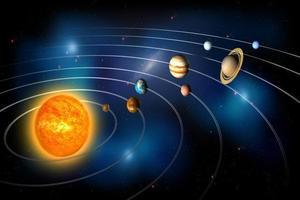12871909
UNIT 6.2 NEWTON'S LAWS
Description
No tags specified
Resource summary
| Question | Answer |
| Newtons first Law of motion (law of inertia) states that... | An object continues in its state of rest, or uniform motion, unless acted upon by an external resultant force. |
| Resultant force Usually, more than one force is acting on an object, like in a ‘tug-of-war.' What’s the resultant force here? | Resultant force = 24 N + 39 N acting to the left - 63 N acting to the right Therefore resultant force = 0N |
| What force is needed to accelerate a car with a mass of 1,500 kg at 5 m/s2? | F = m x a F = 1,500 x 5 F = 7,500 N |
|
Calculate the force required to accelerate a car of mass 1,300 kg when it accelerates from 0 to 26.6 m/s in 3.8 s
Image:
F1 Car (binary/octet-stream)
|
a = (v-u) ÷ t a = (26.6 - 0) ÷ 3.8 a = 7 m/s2 F = m x a F = 1,300 x 7 F = 9,100 N |
| Newton's 3rd law states that 'for every action there is an opposite an equal reaction' or... | ...in an interaction between 2 bodies (A and B) the force exerted by body A on body B is equal and opposite to the force exerted by body B on body A. |
|
When a rifle is fired, how does the size of the force of the rifle on the bullet compare with the force of the bullet on the rifle?
Image:
Recoil (binary/octet-stream)
|
The forces are the same, equal and opposite. |
|
How does the acceleration of the rifle compare with that of the bullet? Explain your answer.
Image:
Recoil (binary/octet-stream)
|
The rifle will recoil backwards with less acceleration because it has a larger mass. a = F ÷ m |
| Interpret the velocity-time graph for a cyclist at A. | A. The force of thrust forwards is much greater than the frictional forces (road friction and air resistance) backwards, so the cyclist's velocity rapidly increases. |
| Interpret the velocity-time graph for a cyclist at B. | B. As the cyclist's velocity increases, air resistance also increases, so the rate of acceleration starts to decrease. |
| Interpret the velocity-time graph for a cyclist at C. | C. Air resistance increases until it EQUALS the forward force. Because the forward and backward forces are equal, the cyclist stops accelerating continues to move at a constant velocity. This is called the TERMINAL VELOCITY. |
Want to create your own Flashcards for free with GoConqr? Learn more.

